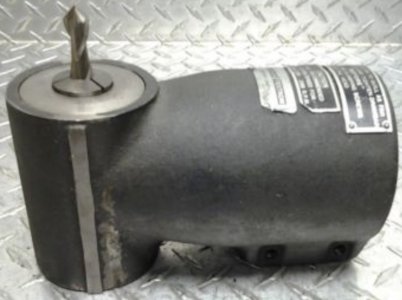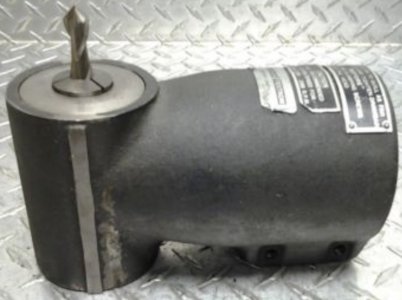Hi,
I'm really new to this type of thing, I don't even have any of the machines. I make furniture and want to make some of my own hardware. I also make hand saws.
I was wondering what the best machine and setup would be to cut a thin slot, .020", about 1/4" to 3/8" deep, into brass bar, maybe 10"-14" in length.
I was thinking a slot saw blade or a micro drill bit. Would a horizontal mill or vertical mill be better? From what I have gathered it seems like a vertical mill is more versatile. Can anyone recommend a good entry level machine?
Thanks for any advice.
I agree with the vertical mill and slitting saw for that deep of a cut. The cutting length on normal end mills is 3 times the diameter, and the shank will likely be 0.125 diameter so you cannot cut deep enough (you need 13 to 20 times the diameter). For a slot this narrow and deep , you would have a real tough time clearing the chips with an end mill, and the side force would likely break the end mill anyway even if you could find one long enough. Furthermore, the depth of cut on each pass should be about 5-10% of the diameter for small end mills (.001 to .002 in this case) requiring several hundred passes to make the cut.
As for horizontal vs vertical mills, I would get a vertical mill and perhaps an angle head that allows using the cutter like in a horizontal mill. I have this set-up and it has served me well when I needed to do a horizontal milling operation. The right angle heads can be a bit pricey ($maybe $500) on E-bay, but they use the same R-8 collets and fit the column allowing easy vertical adjustment if needed.
Be sure to purchase large enough diameter slitting saws to allow for the arbor, which uses up a significant fraction of the diameter. I have an arbor that fits several different ID saws, but it has about a 1 1/4 inch diameter, so a 3 inch slitting saw is limited to a little under 7/8 inch depth of cut.


